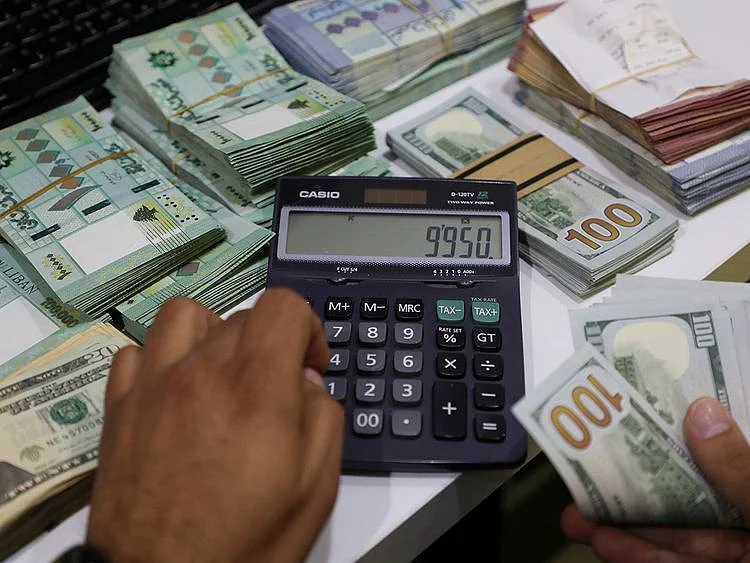Dubai: The US dollar is spiralling lower — and fast. This week, the greenback fell to a more than three-year low, with analysts warning that the decline may not be over yet.
The Bloomberg Dollar Spot Index dropped another 0.5% on Tuesday, pushing year-to-date losses to over 10%. If this slide holds, it would be the dollar’s worst first-half performance since the early 1970s — the era when currencies were freed to float and fluctuate.
The latest drop comes as markets react to reports that US President Donald Trump may fast-track the appointment of a new Federal Reserve chair to replace Jerome Powell. Such a move could usher in quicker interest rate cuts — a scenario that typically drags the dollar lower.
“Even the discussion around an early replacement is enough to shift sentiment,” said Timothy Graf of State Street Global Markets. “Markets are already pricing in 63 basis points of cuts by year-end, up from 51 just last week.”
Dollar effect on other currencies
This shift has already triggered moves in global forex markets. The dollar has dropped to multi-year lows against the euro, Swiss franc, and pound. Sterling jumped to its highest level since 2021, while the franc is now at a decade-high versus the greenback. The Japanese yen, a traditional safe-haven currency, is also strengthening again, with traders watching the Bank of Japan for signals on a more supportive rate path.
Currencies like the euro and yen tend to gain when the dollar falls — especially if their own central banks hold rates steady. ING analysts say the euro could rise further if it breaks above $1.17, with a path toward $1.20 possible.
Impact on UAE expats, businesses
For UAE-based residents and businesses dealing in foreign currency, a falling dollar is a double-edged sword. On one hand, it can reduce the cost of imports and ease inflation in some home countries. But for the large expat community in the UAE, it also means remittances may deliver less value when sent back home.
Just days ago, Asian currencies like the Indian rupee and Philippine peso were at their weakest against the dollar in months — offering a good window for remittances. Now, that advantage is slipping. With more dollar volatility likely, experts suggest breaking up large transfers into smaller amounts and timing them based on currency movements.
What triggered this shift?
The roots of this move trace back to the early 1970s, when the US ended the gold standard and currencies like the dirham, euro, and yen became free-floating — their values determined by the open market. While this gave central banks more flexibility, it also made currency markets more sensitive to political shifts, economic data, and investor confidence.
The current episode — with Trump potentially shaking up the Fed’s leadership early — is a classic example. “A candidate seen as more open to rate cuts would reinforce the dollar’s weakening trend,” said Lee Hardman of MUFG Bank.
What to watch next
Markets will now be closely tracking Trump’s next moves, US inflation data, and the Fed’s official stance. But one thing is clear — after decades of dominance, the dollar is facing a test. Whether it stabilises or sinks further could shape global money flows, remittance values, and business costs in the UAE and beyond.
Sign up for the Daily Briefing
Get the latest news and updates straight to your inbox
Network Links
GN StoreDownload our app
© Al Nisr Publishing LLC 2025. All rights reserved.

